Disney Lorcana is a snazzy new TCG that was released in August last year. Due to demand, it seemed to restrict the countries Ravensburger released Lorcana to. So now, in June 2024, the sets are releasing down under in Australia and Aotearoa, but don’t worry, you haven’t missed out yet.
They are releasing the starter kits and boosters for each previous set every two weeks until we are caught up. So naturally, I had to take the first set, The First Chapter for a hoon, to see what it’s like.
What even is Lorcana?
Lorcana is a TCG that has kind of borrowed some of the best parts of other TCGs, and then stuck Disney characters on it. This has to be slam-dunk territory, right? Kinda. The biggest thing missing from the game thus far is the ability to play stuff on your opponent’s turn. This is a pretty key aspect of many other TCGs and adds a lot of variety. Having said that, this does make the game a lot easier to learn, and for the first set, this isn’t a big deal.
So what has it borrowed?
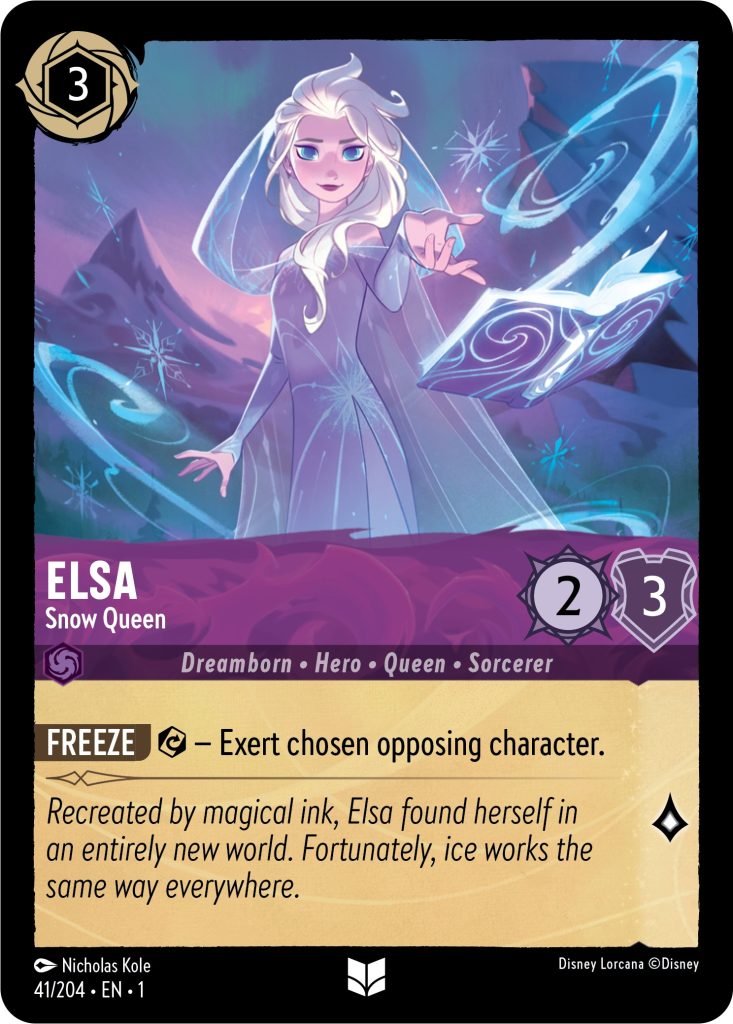
The initial play of the game feels a lot like MTG. Prepare your characters for your turn, draw a card, and pop a card down into your inkwell. You then use your inkwell to cast characters and items. Following this, you can then go to combat or go questing; more on that later.
Unlike MTG, but like Star Wars Unlimited, you can use almost any of your cards as ink. If they have the inky symbol around their cost, you show it to your opponent and put it face down as ink. As someone who has been mana flooded or mana screwed in MTG many times, I love this. You have to weigh up converting which cards into ink, which adds a layer of strategy, but you can almost always do so, meaning that as the game goes along, you ramp nicely.
The other thing that feels more SWU-like is that damage stays on characters. If you challenge or are challenged, your character is weaker. Fortunately, there are actions and abilities that can undo damage.
What makes it unique?
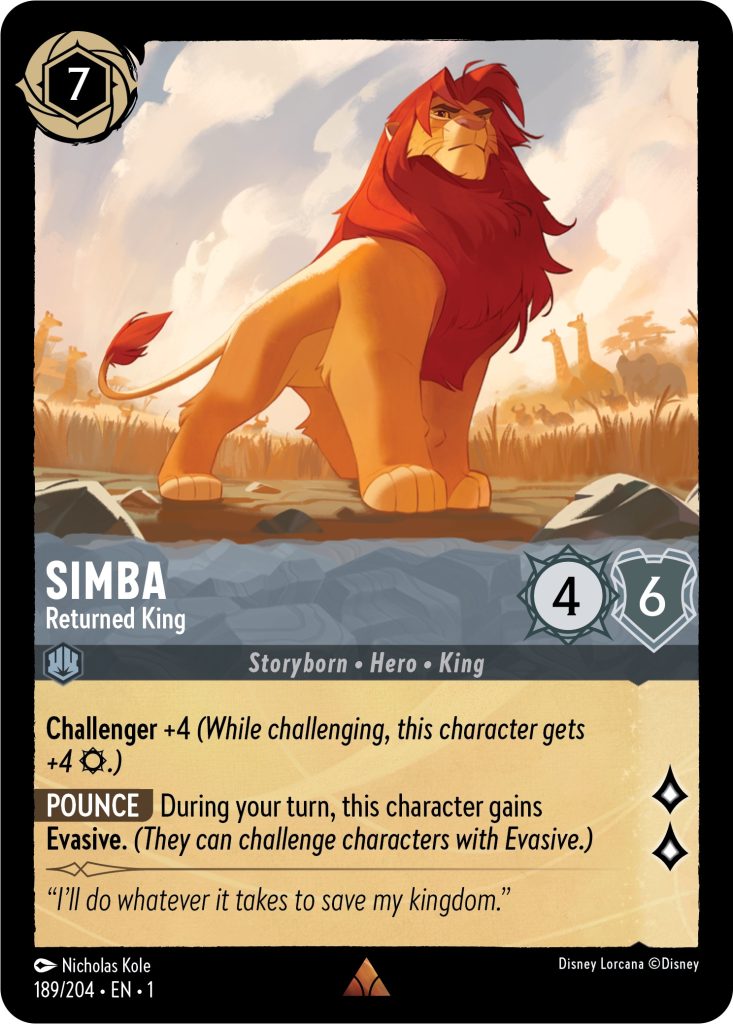
I mean, the obvious thing is the Disney characters, but more on that later. The biggest change is that you aren’t trying to take down a hero or player’s life; instead, you are trying to get to 20 lore fastest. You do this by sending your characters on quests. Each character card has a quest value, which is how much lore you gain when you send them on a quest. The kicker is this, and attacking exhausts the character, so you have to choose. The flip side of this is that you can only have a character challenge another character if the character you are challenging is exhausted. So every time you quest, you are at risk of losing your character.
I like this aspect, as in 1v1, I have been successful in playing aggressively and questing like crazy. If you play with more players, though, you may find that if you quest too aggressively, you will wind up having your characters targeted, slowing you down a lot. Given the way damage is retained, this also means even your big characters are at risk of being ganged up if you play your cards wrong.
One other thing is that the rules state that you can only stick to two colours in your deck. Magic only restricts you via your mana pool, and SWU lets you play anything, but it has a resource penalty. This one, you know, has two colours to stick to. That’s neither here nor there, to be honest, but it’s a notable difference.
What is The First Chapter like?
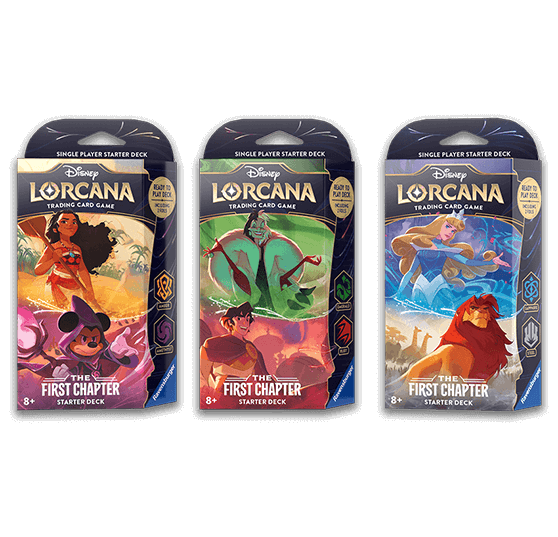
It’s pretty damn good. There is a lot of simplicity to it. A lot of cards have effects, but nothing is overly complicated. I am kind of torn here because it’s a fantastic way to start playing the game and a great intro for new players to TCG’s.
The starter decks come with 60 cards ready to play. Out of the box, they are balanced well, but a little bit bland. The great news is that they come with a booster pack, so you can immediately start tweaking your deck. Playing them out of the box with my 10-year-old and other newbies at my LGS has been a fun experience, but that’s mostly because I like the people I am playing with. Once you start tweaking, it becomes a lot more fun quickly.
The Disney of it all!
Obviously, the biggest question when it comes to a game like this is: What about Disney? Well, of course, it is loaded with characters and items from Disney movies, old and new. The characters in The First Chapter are some of my favourites, with some Lion King and Frozen up in there.
I was nervous they might rest on their laurels and put in movie stills, but they have stepped this up. Character cards have a storyborn, dreamborn, or floodborn label on them. The storyborn ones mean the art is from their OG story. Whereas dreamborne and bloodborne allow for some creative versions of our iconic characters, the best example of this is a giant Tinkerbell. It’s fun and creative.
There is a light story where, basically, you are enlisted by the Illuminary to collect lore urgently. You do this using magical ink to bring Disney characters to life. It’s light for the first set, but given the names of the upcoming sets, it will hopefully get more interesting soon. Given the property here is Disney, I was hoping there would be some fun animated short show or something to go alongside it. Ah well, maybe down the line.
Should you check out Disney Lorcana: The First Chapter?
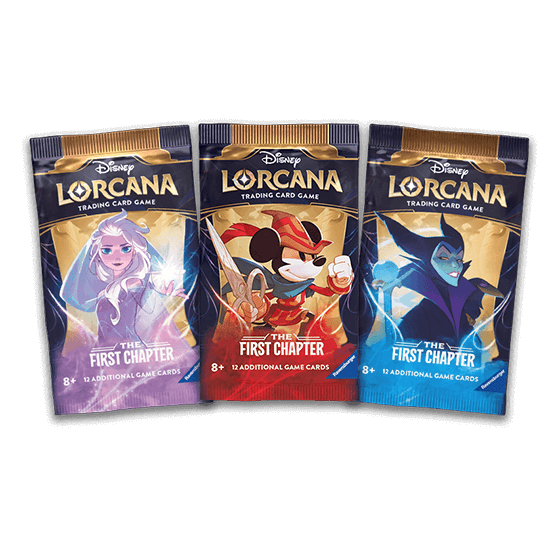
At the moment, the game is fun, but simple. The Starter Deck is a fantastic way to check the game out, but the depth comes more with tweaking. I can’t wait to see where this game goes, but right now it would appeal to newbies or deep Disney fans rather than hardcore TCG players.
This is a pretty strong first set. The depth may not be there yet, but it's fun and a great place to start.
Also ... Simba and Elsa!
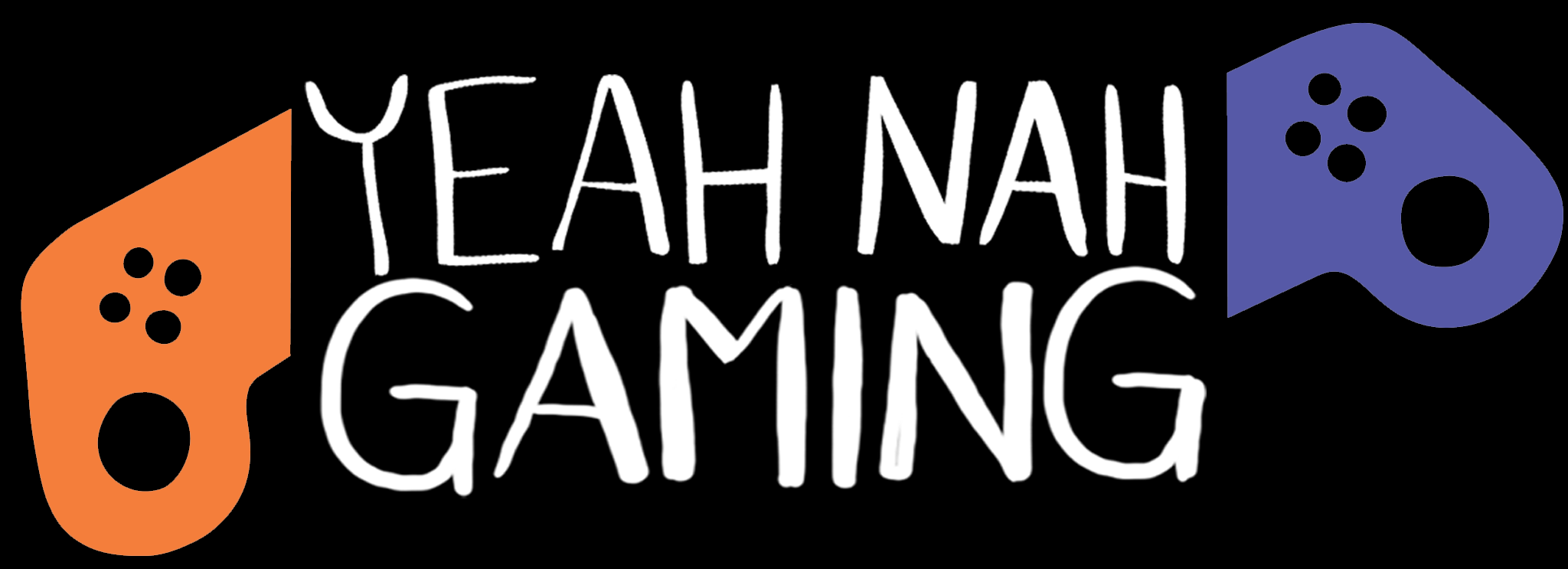
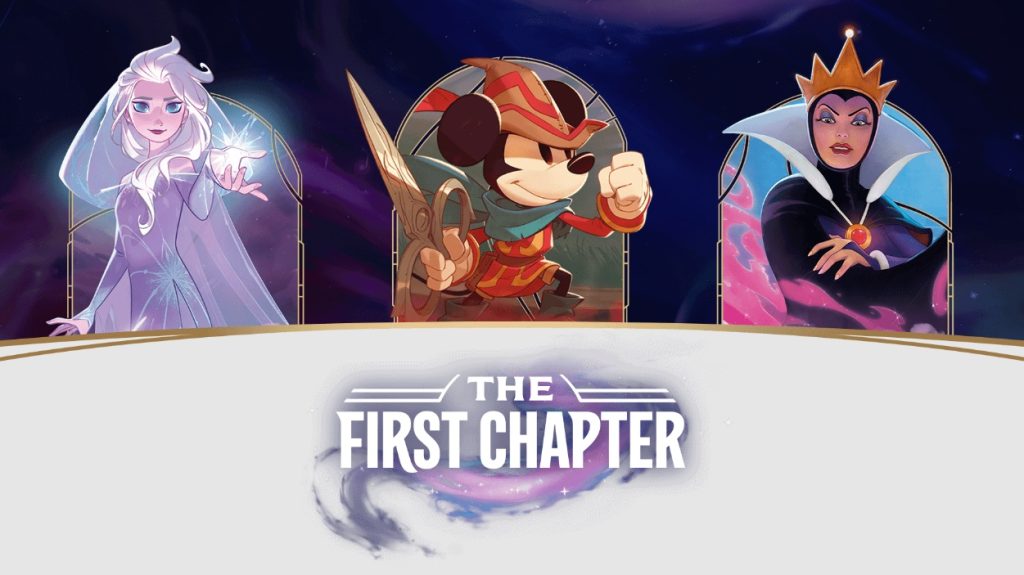
1 Comment
Pingback: Disney Lorcana: Rise of the Floodborn Review - Yeah Nah Gaming